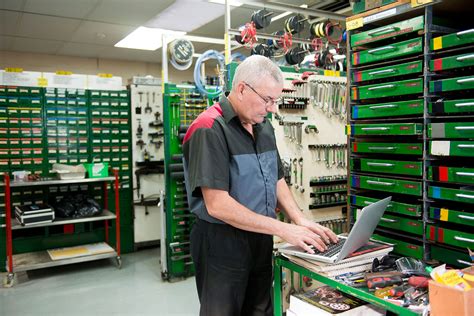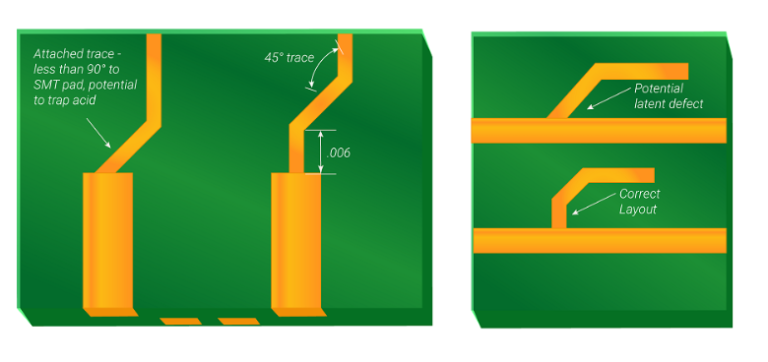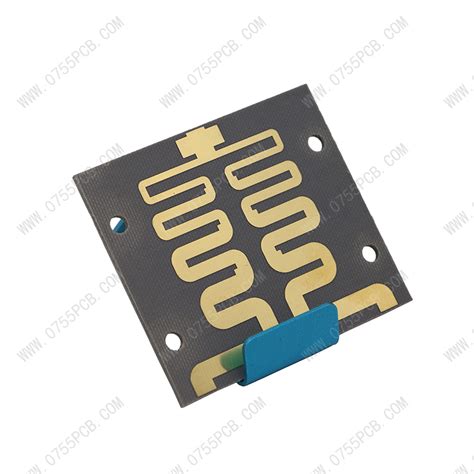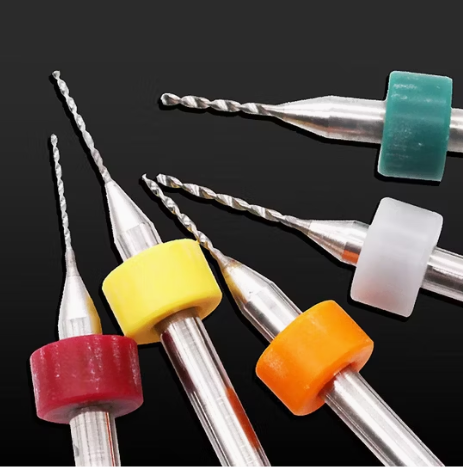Optimizing Electronics Assembly Through Strategic Outsourcing Partnerships

Key Takeaways
Strategic partnerships in PCB assembly enable manufacturers to achieve cost-efficient production while scaling operations. By outsourcing PCBA (Printed Circuit Board Assembly) processes, companies can leverage specialized expertise and advanced equipment, reducing overhead tied to in-house manufacturing.
"Choosing the right outsourcing partner ensures adherence to quality benchmarks without compromising agility in high-volume production."
Three critical advantages emerge when optimizing electronics assembly through outsourcing:
| Factor | In-House | Outsourced |
|---|---|---|
| Cost Efficiency | High capital spend | Reduced OPEX |
| Scalability | Limited flexibility | Rapid expansion |
| Quality Assurance | Resource-dependent | Certified protocols |
PCB assembly specialists often implement robust testing frameworks, including automated optical inspection (AOI), to maintain consistency. Meanwhile, PCBA providers streamline supply chain logistics, mitigating delays in component sourcing. For businesses balancing innovation and cost control, outsourcing transforms fixed expenses into variable costs, freeing capital for R&D.
Tip: Prioritize partners with ISO-certified PCB assembly workflows and transparent communication channels to align with your quality objectives. This approach not only cuts assembly costs but also future-proofs production against market volatility.
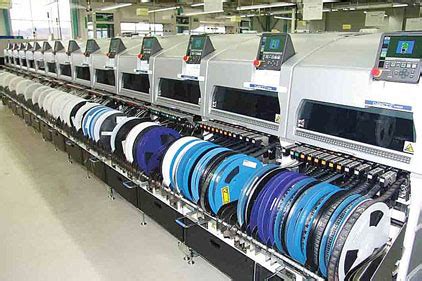
Cost-Efficient Electronics Assembly
Achieving cost-efficient electronics assembly requires balancing precision, scalability, and budget constraints. By outsourcing PCB assembly and PCBA processes, manufacturers can leverage specialized expertise while avoiding upfront investments in equipment and training. Economies of scale play a pivotal role here—high-volume production through trusted partners often reduces per-unit costs by 20-40%, particularly when working with advanced surface-mount technology (SMT) lines. Additionally, outsourcing eliminates hidden expenses tied to inventory management, as suppliers typically handle component procurement and warehousing.
A strategic focus on PCB assembly optimization—such as design-for-manufacturability (DFM) reviews—ensures material efficiency and minimizes waste. Partners with PCBA expertise further streamline workflows through automated testing protocols, reducing rework rates and accelerating time-to-market. Critically, cost savings should never compromise quality. Rigorous vendor audits and real-time performance monitoring ensure compliance with ISO-certified processes, aligning cost-reduction goals with reliability benchmarks. Transitioning to outsourced models also frees internal teams to focus on innovation, creating a symbiotic relationship between operational efficiency and product development. This approach lays the groundwork for scalable growth while maintaining financial flexibility in dynamic markets.

Streamline Assembly via Outsourcing
By collaborating with specialized partners, businesses can significantly simplify PCB assembly processes while addressing challenges tied to complex supply chains and technical expertise. Outsourcing enables access to advanced surface-mount technology (SMT) and automated inspection systems, which accelerate production timelines and minimize human error. This approach is particularly advantageous for PCBA projects requiring rapid prototyping or high-volume manufacturing, as partners often maintain scalable infrastructure to adjust output based on demand fluctuations.
Transitioning to an outsourced model also reduces overhead costs linked to equipment upgrades and staff training, freeing internal resources for core R&D or market expansion. Importantly, reputable partners adhere to ISO-certified quality protocols, ensuring that PCB assembly standards align with industry benchmarks. For instance, integrated testing phases—such as automated optical inspection (AOI) and functional circuit validation—are embedded into the PCBA workflow to detect defects early. This layered oversight guarantees reliability without compromising agility, making outsourcing a strategic lever for balancing efficiency with precision in electronics manufacturing.
Scalable Electronics Manufacturing
In dynamic markets where product lifecycles accelerate rapidly, scalable manufacturing capabilities separate industry leaders from constrained competitors. Strategic partnerships with specialized PCB assembly providers enable businesses to effortlessly adjust production volumes in response to demand fluctuations. Modern PCBA (Printed Circuit Board Assembly) contractors employ modular production lines equipped with automated placement systems, allowing manufacturers to scale from prototype batches to full-scale runs without capital-intensive infrastructure investments. This flexibility is further enhanced through cloud-connected inventory management, which synchronizes component procurement with real-time order forecasts.
By integrating PCB assembly expertise into supply chains, companies gain access to tiered manufacturing networks that can instantly allocate resources across global facilities. This distributed approach not only mitigates regional disruptions but also enables rapid capacity expansion during peak seasons. Advanced PCBA partners often utilize machine learning algorithms to optimize throughput, ensuring consistent quality even when tripling output. Crucially, scalability extends beyond volume—modular design support and cross-platform testing protocols allow seamless transitions between product generations, future-proofing production pipelines.
The true value of scalable partnerships emerges in balancing agility with precision: while production scales exponentially, zero-defect methodologies and ISO-certified processes maintain strict adherence to technical specifications. This duality ensures that cost efficiencies from scaled operations never compromise the reliability of end products.
Quality Assurance in Outsourced Assembly
Maintaining rigorous quality assurance (QA) in outsourced PCB assembly (PCBA) requires a systematic approach that aligns with both technical specifications and industry benchmarks. Leading partners implement multi-stage inspection protocols, integrating automated optical inspection (AOI) and X-ray testing to detect defects in solder joints, component placement, and layer alignment. These processes ensure compliance with IPC-A-610 standards, critical for high-reliability applications.
Strategic outsourcing partners often leverage traceability systems, embedding serialized tracking for components and assemblies. This not only streamlines root-cause analysis but also aligns with regulatory requirements for industries like aerospace or medical devices. To mitigate risks, supplier qualification audits are essential, evaluating facilities for certifications such as ISO 9001 or IATF 16949.
Proactive communication between OEMs and assemblers further strengthens QA frameworks. Regular design-for-manufacturability (DFM) reviews preemptively address potential flaws in PCB layout or material selection, reducing rework costs. By combining advanced testing technologies with collaborative workflows, businesses achieve consistent PCBA quality without compromising scalability or cost-efficiency.
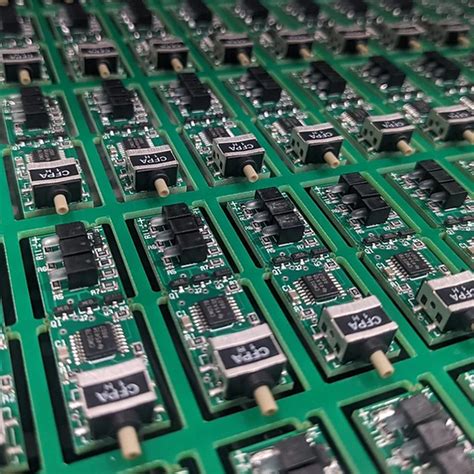
Strategic Assembly Partnerships
Developing strategic assembly partnerships enables electronics manufacturers to leverage specialized expertise while focusing on core competencies. By collaborating with PCB assembly and PCBA providers, companies gain access to advanced manufacturing technologies, such as surface-mount technology (SMT) and automated optical inspection (AOI), which are critical for precision-driven production. These partnerships often incorporate design validation and component sourcing strategies, ensuring seamless integration from prototyping to full-scale manufacturing.
Moreover, a well-aligned partnership model facilitates supply chain transparency, allowing businesses to monitor production timelines and material traceability in real time. This collaborative approach not only accelerates time-to-market but also enhances flexibility to adapt to fluctuating demand or design iterations. For instance, PCB assembly partners with vertically integrated capabilities can swiftly adjust workflows to accommodate last-minute component substitutions without compromising quality.
Key to sustaining these alliances is establishing shared quality benchmarks and communication protocols. Regular audits, joint failure analysis, and continuous improvement initiatives ensure both parties remain aligned on performance metrics. By embedding PCBA expertise into the product development lifecycle, manufacturers can mitigate risks while scaling operations efficiently—a critical advantage in industries where technological obsolescence and market dynamics demand rapid responsiveness.

Cutting Electronics Assembly Costs
Reducing expenses in electronics assembly requires a balanced approach that leverages specialized expertise without compromising output quality. One effective strategy involves partnering with experienced PCB assembly providers, which eliminates the need for in-house investments in equipment, training, and facility upgrades. By outsourcing PCBA (Printed Circuit Board Assembly) processes, manufacturers can tap into economies of scale offered by dedicated partners, lowering per-unit costs through bulk material procurement and optimized production workflows.
Transitioning to an outsourced model also minimizes overhead tied to labor fluctuations and maintenance. For instance, third-party providers often employ automated soldering and surface-mount technology (SMT), which accelerate throughput while reducing human error. Additionally, strategic partners maintain compliance with industry certifications like ISO 9001, ensuring adherence to quality control protocols without inflating internal operational budgets.
A critical advantage lies in the flexibility to scale production volumes dynamically. During demand surges, outsourced PCB assembly teams can rapidly adjust capacity, avoiding costly delays or idle machinery. Conversely, during slower periods, businesses avoid fixed costs associated with underutilized resources. This agility, combined with transparent pricing models, allows companies to allocate capital toward innovation or market expansion while maintaining lean manufacturing practices.
Optimize Production with Outsourcing
Strategic outsourcing of PCB assembly and PCBA processes enables manufacturers to refine production workflows while focusing on core competencies. By partnering with specialized providers, businesses gain access to advanced surface-mount technology (SMT), automated testing systems, and precision soldering techniques that might otherwise require prohibitive capital investments. This shift not only reduces overhead costs but also accelerates time-to-market by leveraging established supply chains and streamlined logistics.
A critical advantage lies in the ability to scale operations dynamically. External partners often maintain flexible capacity, allowing companies to adjust PCB assembly volumes in response to fluctuating demand without compromising quality. For instance, high-mix, low-volume PCBA projects benefit from outsourced expertise in component sourcing and miniaturized assembly, ensuring compliance with industry standards like IPC-A-610.
Moreover, outsourcing fosters continuous improvement through collaborative innovation. Experienced providers integrate real-time data analytics and defect-tracking systems, identifying bottlenecks in PCB assembly workflows and implementing corrective measures. This proactive approach minimizes rework rates and enhances yield efficiency, directly translating to cost savings and improved product reliability.
By aligning with trusted partners, organizations can reallocate internal resources toward R&D or customer engagement, creating a balanced operational model that prioritizes both technical excellence and strategic growth.
Maintaining Standards Through Partnerships
Effective collaboration in PCB assembly requires more than transactional agreements—it demands alignment on quality benchmarks. Partnering with trusted PCBA providers enables manufacturers to integrate stringent supplier qualification processes and real-time monitoring systems directly into production workflows. By establishing joint quality control protocols, such as automated optical inspection (AOI) and functional testing, partners ensure consistency across high-volume orders without compromising turnaround times.
A critical advantage lies in shared accountability. Leading providers often adhere to certifications like ISO 9001 or IPC-A-610, embedding compliance into every stage of PCB assembly. Regular audits and performance metrics reviews further solidify transparency, allowing both parties to preemptively address deviations. For instance, material traceability systems mitigate risks of counterfeit components, while continuous feedback loops refine assembly techniques. This approach not only upholds product reliability but also builds long-term trust, essential for scaling operations in competitive markets.
Transitioning seamlessly from cost and scalability discussions, this focus on cooperative quality management underscores how strategic partnerships transform outsourcing from a mere efficiency tactic into a value-driven growth engine.
Conclusion
Strategic partnerships in electronics manufacturing enable businesses to achieve cost-effective production while adapting to evolving market demands. By outsourcing PCB assembly and PCBA processes, companies leverage specialized expertise and advanced technologies without significant capital investment. This approach not only accelerates time-to-market but also ensures precision in component integration and testing cycles. Collaborative frameworks with certified partners provide access to scalable resources, allowing manufacturers to adjust output based on project requirements or seasonal fluctuations. Rigorous quality control protocols embedded in these partnerships safeguard consistency across high-volume orders, aligning with industry certifications and performance benchmarks. Furthermore, the operational flexibility gained through outsourcing reduces risks associated with equipment obsolescence and supply chain disruptions. As industries prioritize agility and innovation, integrating external electronics assembly capabilities emerges as a strategic imperative for sustaining competitiveness in global markets.
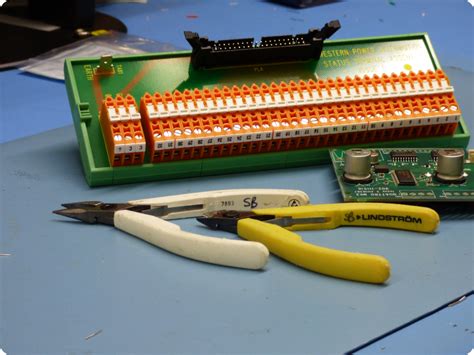
Frequently Asked Questions
How does outsourcing PCB assembly improve cost efficiency?
By partnering with specialized PCBA providers, companies leverage economies of scale and advanced manufacturing technologies, reducing overhead for equipment, labor, and material sourcing. Strategic outsourcing also minimizes waste through optimized PCB assembly workflows.
What safeguards ensure quality in outsourced electronics production ?
Reputable partners adhere to ISO-certified processes and implement rigorous testing protocols, including automated optical inspection (AOI) and functional testing. Contracts often include quality assurance clauses to align deliverables with your specifications.
Can scalability be achieved without compromising turnaround times?
Yes. Outsourced PCBA services typically maintain flexible production lines and buffer inventory, enabling rapid scaling for high-volume orders or last-minute design changes. This agility supports demand fluctuations without sacrificing speed.
How do strategic partnerships differ from transactional vendor relationships?
Long-term collaborations focus on continuous improvement, with shared KPIs and joint process optimization. Unlike one-off vendors, partners invest in understanding your technical requirements and market dynamics to deliver tailored PCB assembly solutions.
Are there hidden costs in outsourcing electronics manufacturing ?
Transparent partners provide detailed cost breakdowns, covering tooling, components, and testing. Opting for turnkey solutions often consolidates expenses, while volume-based pricing models further enhance predictability.
Ready to Optimize Your Electronics Assembly?
Please click here to explore tailored PCB assembly solutions that align with your production goals and quality standards.

